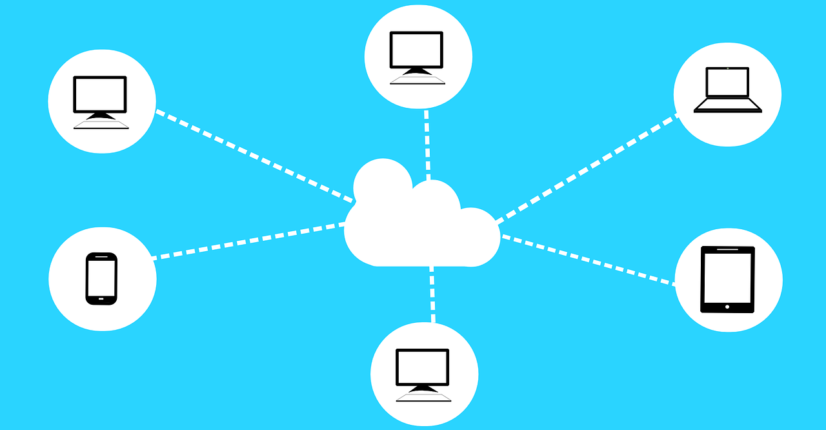If it seems like you’ve been impatiently tapping your fingers on your work desk a lot more than usual, then you probably don’t need to be told that IT infrastructure can quickly become outdated and inefficient.
It might be time for your organization to move on from outdated computing technology. Many organizations in the same boat are moving their servers, applications and various digital assets into the cloud — allowing them to realize many business benefits.
Aging servers and applications can bring productivity in your organization down to a slow grind. You and your team members also might be finding it increasingly difficult to meet expectations.
Rather than invest in new hardware and software, your company can increase its productivity by pivoting to cloud computing.
Why Migrate to the Cloud?
In 2019, 98 percent of companies were running their own on-premise servers. But these days, companies are increasingly moving their assets to the cloud and away from legacy IT infrastructure. In a recent report, Gartner projected that spending on cloud technology will surpass spending on legacy infrastructure by 2025.
To be clear, cloud migration requires significant investment and there are challenges to overcome. Organizations considering cloud migration not only need to figure out how they are going to achieve it but also, what their workflows and processes will look like once the migration has been completed.
Challenges of Cloud Migration
There is a financial cost associated with cloud migration, but that upfront cost is minuscule in comparison to the costs associated with certain challenges an organization faces when undertaking cloud migration.
Some of the biggest costs are associated with the complexity of work-related and organizational change. If your employees are currently using outdated legacy applications, you need to consider what to do with those applications in the event of a migration. Some apps can make the transition into the cloud and some cannot. Those overseeing a cloud migration need to figure out which legacy applications can and should be kept. Change managers also need to understand which applications must be scrapped or rebuilt. If applications need to be rebuilt, you need to figure out your options so your team members can continue using them in the cloud.
An associated issue is figuring out what to do with legacy technology to prevent sprawl. Even if you and your team would like to move on from certain legacy technologies, business needs and customer expectations might prevent you from doing so. In this situation, hybrid workflows designed to contain sprawl might need to be developed.
Benefits of Migrating Your Business Operations to the Cloud
The benefits of cloud migration are many, but the biggest is probably potential cost reduction. When a company shifts its assets into the cloud, it upgrades its capabilities without having to purchase expensive new hardware. It also doesn't have to maintain that hardware and directly pay to power it.
Since the cloud computing provider pays for backups and technical maintenance, you also don't have to pay employees to perform these functions. Many cloud providers offer pay-as-you-go billing, which means you only pay for what you use.
These settings aren't just theoretical. In 2020, Emirates airline moved from on-premise hosting to the cloud as a way to manage wildly fluctuating finances associated with the impacts of COVID-19. The airline told AWS it expected to save around $1 million as a result of its cloud migration.
That same year, payment platform Yedpay also shifted to the cloud after it had an issue with its data center. The company also told AWS that it would reduce IT costs by 40 percent.
In addition to cost reduction, cloud migration also provides several other benefits, including better security, more reliable storage, greater flexibility and better communications.
Benefits of Cloud Security
Because it's integral to their value proposition, cloud providers regularly upgrade their capabilities and adjust their methods to keep pace with the latest cyber threats. Experts are saying that cloud providers are highly capable when it comes to cyber security.
Gartner expects 99 percent of cloud security breaches to be a client company’s fault by 2025. In addition to lowering the risk of cyberattacks, these steps are also taken to ensure your company remains compliant with various regulations.
More Reliable Cloud Storage
While completely eliminating downtime isn't possible, cloud migration can significantly reduce downtime compared to on-premise infrastructure. Most cloud providers offer service-level agreements guaranteeing 99 percent uptime.
Greater Flexibility Through Cloud Hosting
Through the use of a cloud service provider, employees can access data and applications from anywhere there is an Internet connection, at any time of day. Additionally, cloud computing can quickly adjust to surges in demand or lower computing capacity during off hours. On-premise technology, by comparison, might be limited by working hours and static capacity.
Migrate to the Cloud With Taylored Systems
When your company wants to make a major change in the way it does business by moving to the cloud, it should partner with a highly experienced organization. At Taylored Systems, we have more than four decades of experience when it comes to providing digital solutions to Indiana companies.
Contact us today to find out how we can assist your company with its cloud migration.


